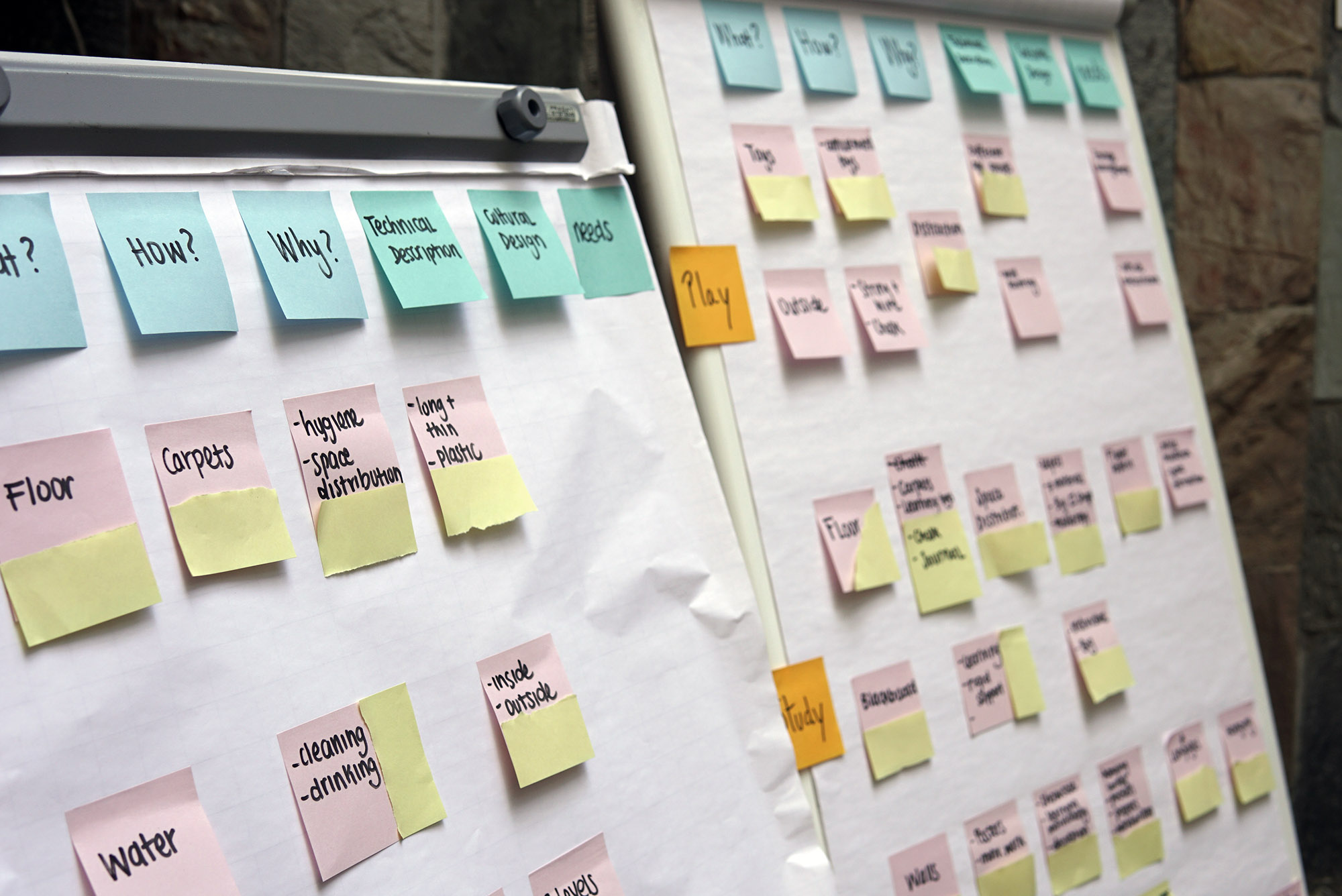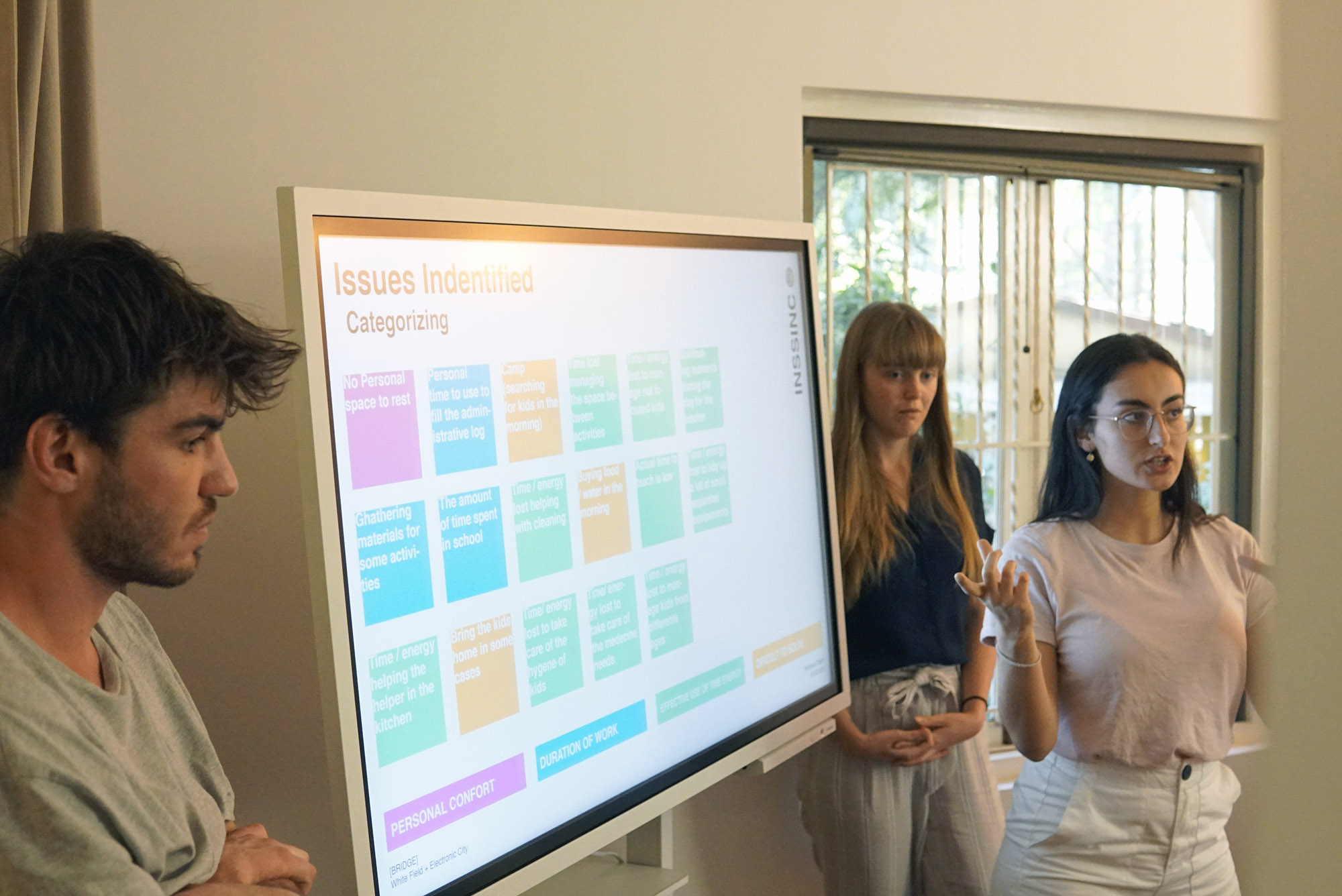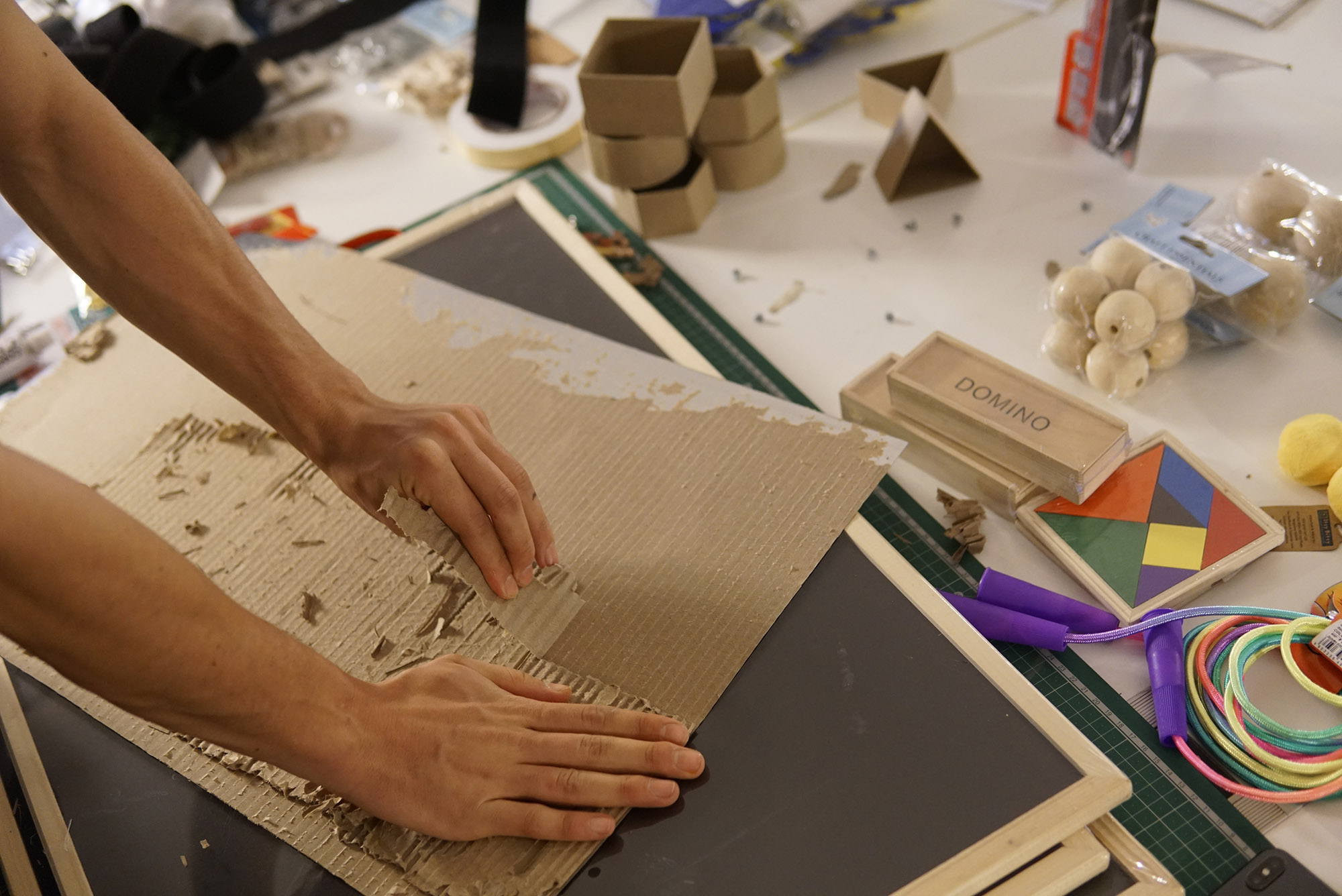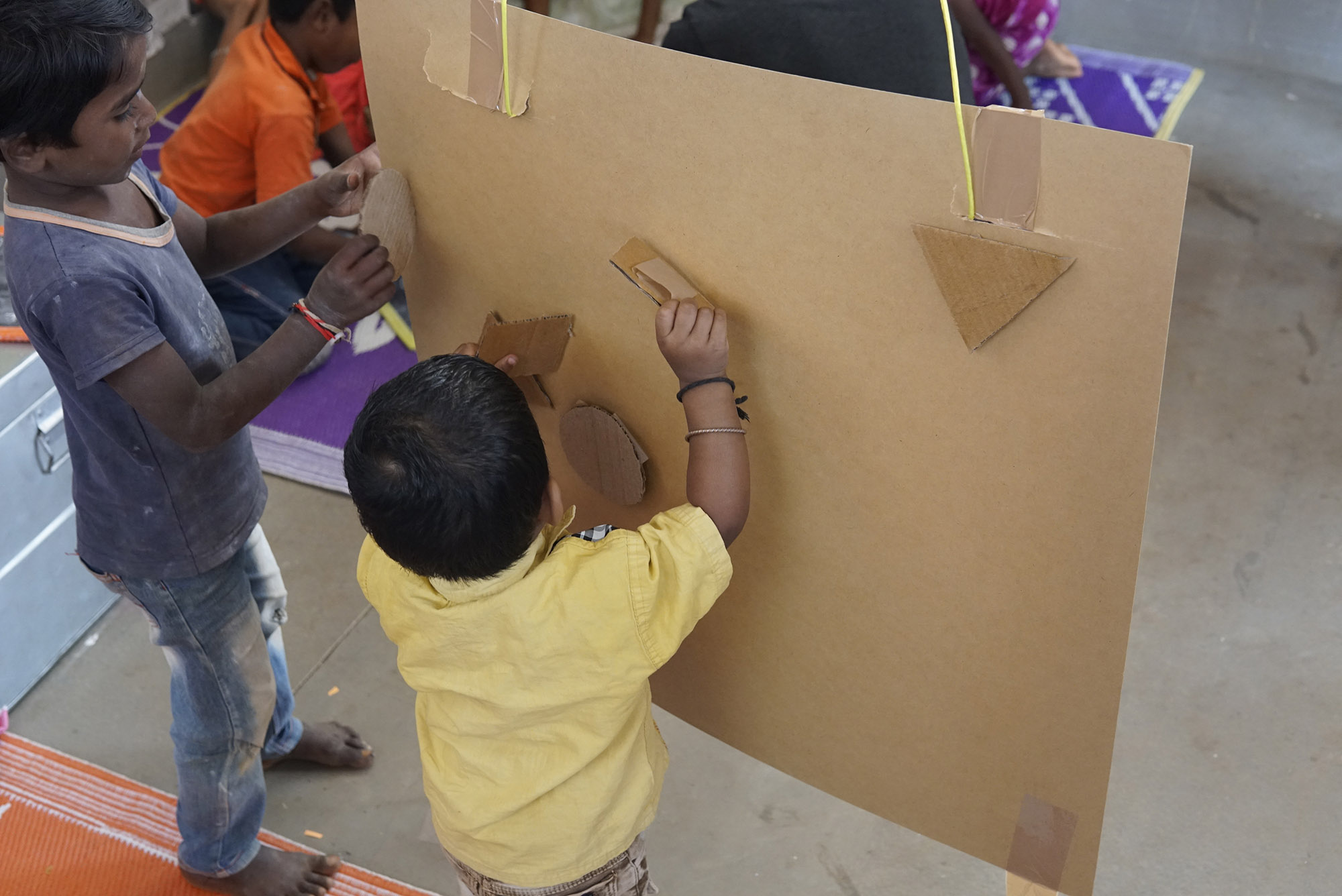2. Solution Definition
After the initial opportunity research, teams hopefully have an initial design grip on the issue to work on. But complex problems don't have one single right solution. It requires to generate as many ideas as possible while leveraging experts and beneficiaries feedback to support the solution definition.

From the reframed design challenge, teams generate as many ideas as possible. Going for quantity requires to differ judgment, embrace the creativity diversity and build on top of the others’ ideas.
Selection
Being able to converge on an initial set of solutions ideas to prototype asks to pick and apply selection criteria. The theory of change and the experts inputs are keys to keep a long-term perspective on what we want to achieve.


Rapid Prototyping
Breaking big ideas into bite-sized pieces that can be easily created and tested with very low resources. Teams identify which questions are the most important to answer first and what form of prototype will best help answering those questions.
Field Testing
There is no greater test of the desirability and potential feasibility of an idea than taking it more deeply into the world one is looking to change. But it’s also a way to better understand the people and ecosystem one is designing for.


Debriefing with the experts
It allows the triangulation but requires to prioritise the feedback. It pushes the participants to sort through the responses they receive and decide on what to integrate in the next iteration.
